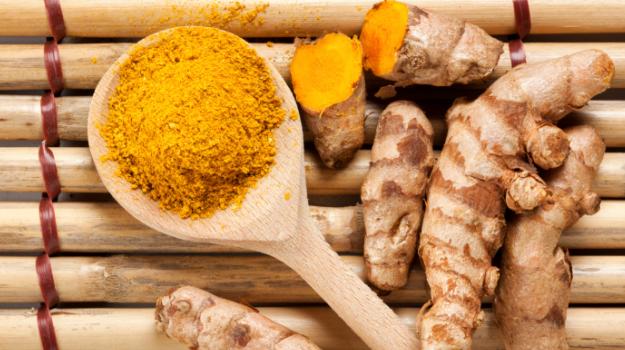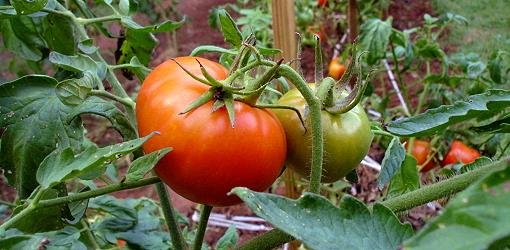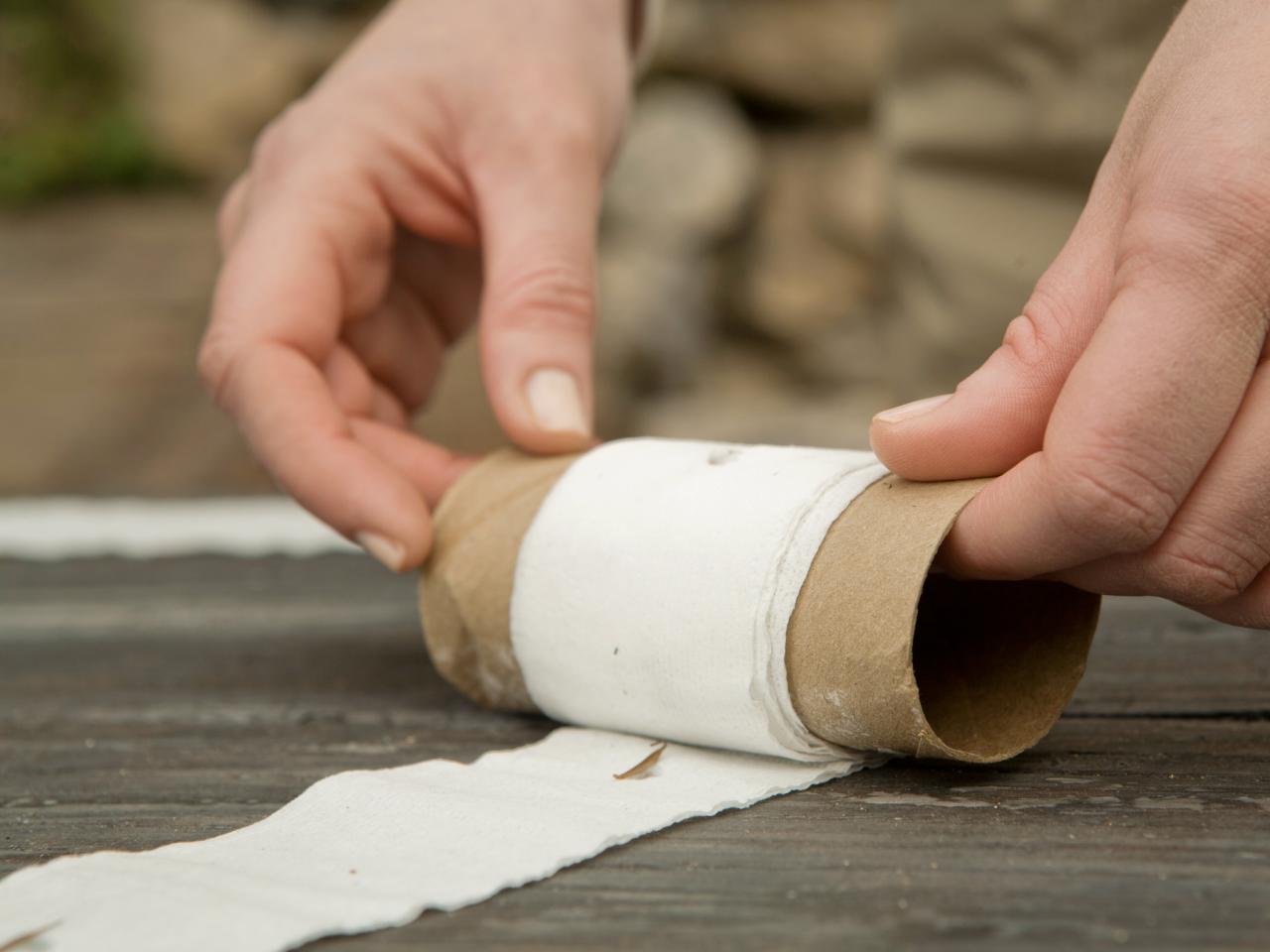Benefits of Aquaponics
Aquaponics, which has grown in popularity in recent years, is a combination of hydroponics, growing plants in water, and aquaculture, the practice of raising fish in containers. The idea is that the waste produced by the fish provides fertilizer to the plants, and the plants provide food for the fish. It might sound rather complicated, but there … Read more







